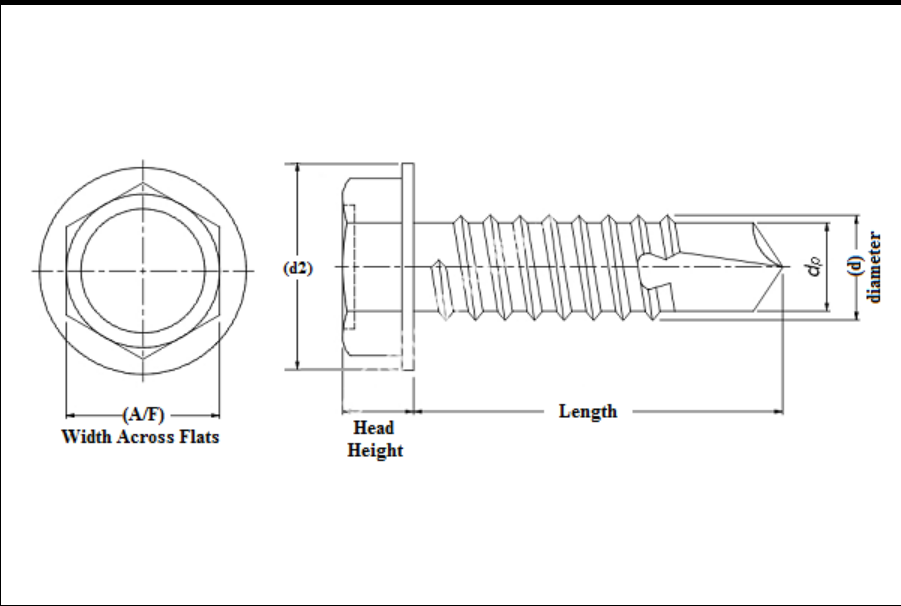wave washer vs spring washer factories
Wave Washer vs. Spring Washer A Comparative Overview
In the world of mechanical engineering and design, the choice of washers plays a crucial role in the reliability and performance of assembled components. Two commonly used types are wave washers and spring washers. Understanding the distinctions and applications of each can help engineers and designers make informed decisions for their projects.
Definition and Design
Wave Washers are thin, wave-shaped metal discs that create a spring effect when compressed. The waves in the washer allow it to maintain a certain amount of preload on a fastener, providing a degree of elasticity. This design helps compensate for tolerance stack-ups and thermal expansions in applications where components may undergo movement.
Spring Washers, on the other hand, are typically helical or spiral in shape, resembling the coils of a spring. They are designed to exert a consistent amount of axial load on a fastener and prevent loosening due to vibration or thermal effects. The most common types include split lock washers and helical spring washers, which are used to secure nuts and bolts by providing friction and additional tension.
Functionality and Applications
The primary function of both wave and spring washers is to maintain the integrity of assembled components
. However, their operational mechanisms and applications vary significantly.Wave washers are particularly advantageous in applications where a limited amount of space is available, or where weight is a concern. The wave structure allows for a low-profile design while still providing the necessary compressive force. They are commonly used in automotive applications, electronic devices, and precision machinery where minor adjustments in tension can make a critical difference in performance.
Spring washers, conversely, are favored in situations where resistance to loosening from vibration is paramount. Their coiled design means they can compress and expand, absorbing shock and vibration while maintaining a consistent force on the connected parts. This makes them ideal for use in heavy machinery, construction equipment, and applications in the aerospace industry where safety and reliability are non-negotiable.
wave washer vs spring washer factories

Material Considerations
Both types of washers are made from various materials, impacting their performance characteristics and applications. Wave washers are often made from stainless steel, carbon steel, or other alloys, offering corrosion resistance and durability. The material choice can affect factors such as fatigue life, load capacity, and temperature tolerance.
Spring washers, too, are available in many materials, including stainless steel, alloy steel, and plastic. The choice of material will depend on the specific requirements of the application, such as necessary strength, environmental exposure, or resistance to corrosion and wear.
Advantages and Disadvantages
Each type of washer has its advantages and disadvantages. Wave washers are excellent for applications requiring less height and have the ability to provide a constant load over a range of movements. However, their effectiveness can diminish if over-compressed.
In contrast, spring washers excel at maintaining tension and reducing the likelihood of fasteners loosening over time. Their primary disadvantage is that they can take up more vertical space, and in certain designs, they may also be sensitive to fatigue.
Conclusion
In summary, both wave washers and spring washers serve critical roles in mechanical assemblies. The choice between the two should be based on the specific requirements of the application, including space constraints, load conditions, and environmental factors. By carefully considering these factors, engineers and designers can select the appropriate type of washer to optimize performance and reliability in their projects. The understanding of wave washers versus spring washers extends beyond mere choice; it reflects a deeper comprehension of mechanical principles and the innovative use of materials in engineering design. As industries continue to evolve, the role of these components will remain essential in ensuring the safety and efficiency of assembled machinery.
-
Top Choices for Plasterboard FixingNewsDec.26,2024
-
The Versatility of Specialty WashersNewsDec.26,2024
-
Secure Your ProjectsNewsDec.26,2024
-
Essential Screws for Chipboard Flooring ProjectsNewsDec.26,2024
-
Choosing the Right Drywall ScrewsNewsDec.26,2024
-
Black Phosphate Screws for Superior PerformanceNewsDec.26,2024
-
The Versatile Choice of Nylon Flat Washers for Your NeedsNewsDec.18,2024










